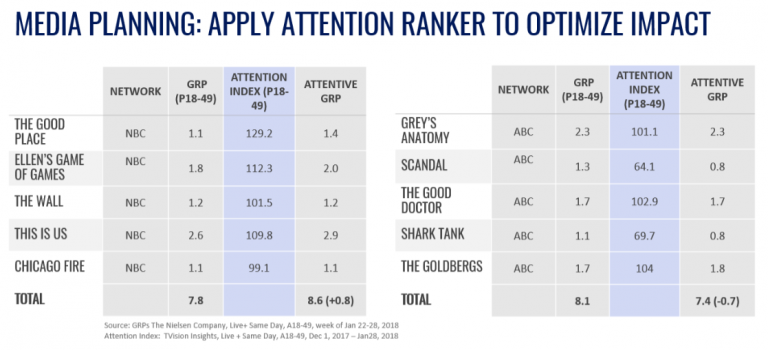By Dan Schiffman, CRO and Co-Founder
Originally published in Video Ad News
The echoing three-count drumbeat of transparency, fraud and attention has amplified the din of the digital marketing cacophony. The challenges these issues present have proven so strong that some agency holding companies are voluntarily superseding industry minimums by setting higher thresholds for quality delivery than what the standards bodies recommend. Blame it on a hungry set of publishers, ad tech vendors, and anxious marketers, but the high level of noise is finally getting quieted by folks like Marc Pritchard at P&G who are leading the charge to make the digital landscape accountable for media placement.
TV has fallen to the number two slot in media spend — having made it over 75 years without having to own up to who actually saw an ad displayed on their television set. The famous John Wanamaker quote – “Half the money I spend on advertising is wasted; the trouble is, I don’t know which half” – was born for the print world and easily translated to TV. While the digital ecosystem can very accurately understand who specifically saw an ad and for how long, the more mainstream impression-based media placements got a hall pass from having to tie an impression to a consumer, and a consumer to a sale.
Eyeballs, Meet Impressions
That time is changing though. If digital has suffered the recent wrath of detailed measurement, that approach is starting to make TV look woefully unprepared for modern marketing management. The multi-front war – for attribution, targeting, and personalisation – weighs against the current TV ad measurement approach. Layer in OTT, addressable TV, and connected TV data, and the issue shifts from offence to defense for advertisers interested in measuring which messages resonate.
There are two dynamics at play here. The first is the knowledge of whether the TV was being watched when it was “on.” For any of you with kids, dogs, and multiple TV sets, there are many times that the TV is on but no one is watching (never mind the many times that the TV screen is off but the set top box does not know that). The second is, assuming their is a beating heart in the room, who that person is and are they using the TV for background noise.
The way it works today, attention on TV is measured by completion. If the program or ad shows in total based on set-top box or Smart TV data, the assumption is that it was seen in its entirety. But think about the number of screens in your house, and which one you or your family are looking at when the commercials come on. If you are actively watching TV, chances are good that you are also actively changing the channel. If you are not paying attention, those ads are probably playing out entirely. So the correlation between 100 percent airplay and 100 percent attention is not what it seems, and may actually be the reverse.

The important part of the above chart is the delta between standard GRPs and those weighted by attention. This measurement of attention is powerful in that it answers the question of not just who tuned in, but who is actually watching the show. For broadcasters and pay TV operators, this could translate into better ad prices. For advertisers, it’s a better media plan and likely better link to brand and sales lift.
Ratings Still Matter
Let’s be clear. Ratings are a critical measure of interest, audience reach, and value of the spot placement. But as Dave Morgan of Simulmedia has consistently pointed out, ratings and audience sizes are decreasing as the volume of content is fragmented across broadcast, cable and over-the- top viewing channels. So a show with a lower rating and a high attention score may actually drive more impact than a highly rated show that is on in the background. The two measures need to work together to prove the viewable impact of a TV ad.
Video Killed the TV Star?
As marketers continue to purchase TV ads, the pressure will increase for greater measurement of who, if anyone, is truly present and engaged. Knowledge of when an impression shows with ‘eyes-on- screen’ versus an impression that plays to an empty room will drive better optimization and ROI for TV advertisers. Shows with small, niche audiences who are highly engaged will garner higher CPMs, while mass market shows with less engaged audiences may drive lower CPMs.
We live in a time where a reality TV star is the president of the United States, and the largest public company ever makes a TV device in addition to smartphones and computers. Television content and viewing habits will evolve, but the big screen in the living room will remain a part of that experience. How we measure that experience must certainly evolve as well.